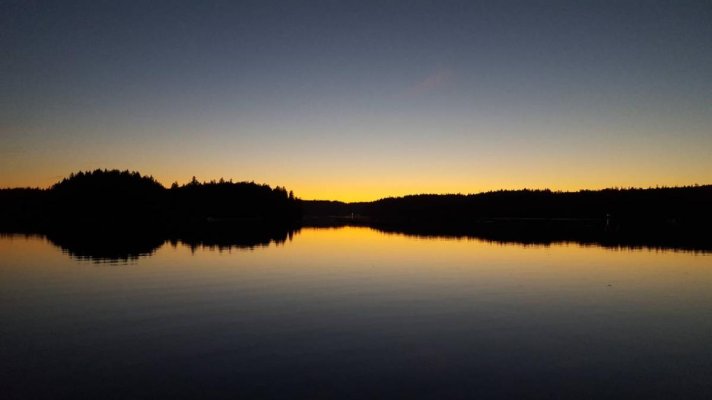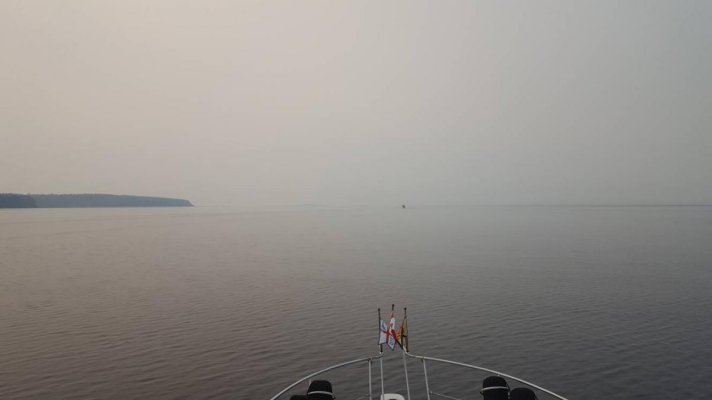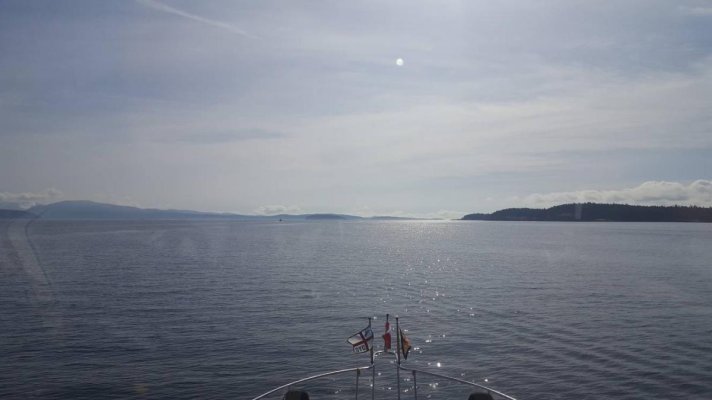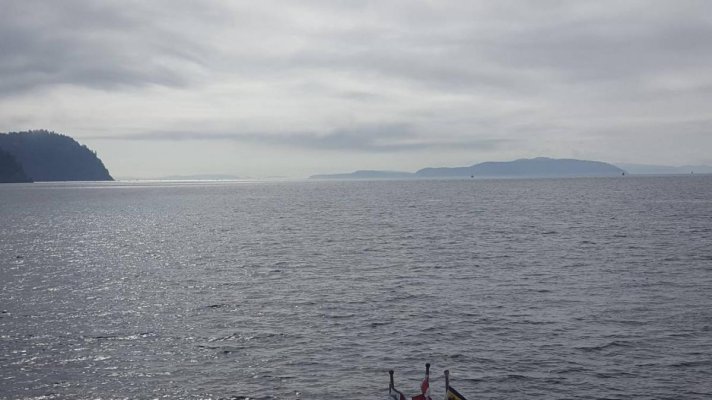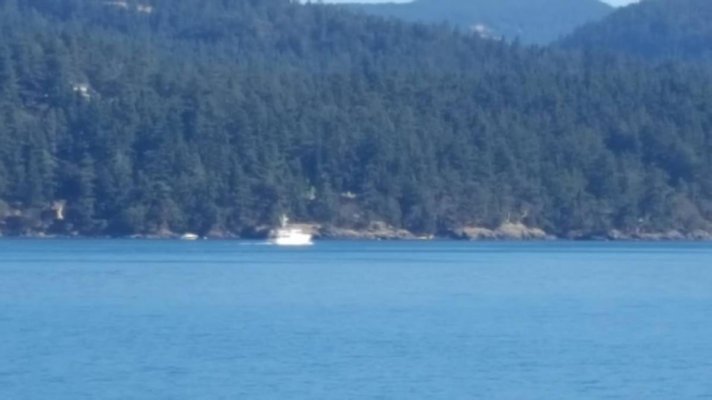Kitimat is on the west side of the Coast Mountains so we haven't had any fires in our area. The spring season here was unseasonably cool and damp...much like Ketchikan. There is still snow in the south facing bowl of Mount Elizabeth (starting at about 6000'') so it's been a pretty cool summer here as well.
I'm no authority on this stuff, but I'll take a stab at it...
The pine beetles in the interior of BC have historically been held in check by long cold snaps during winter...but it just hasn't been getting cold enough for long enough to kill them off for well over a decade now. A lot of the dead wood was logged, but much remains.
The interior of BC (the lands between the Coast Mountains and the Rocky Mountains) didn't get much snow and had a dry spring. The dry weather kept going into summer, and it was windy, with dry lightning storms. Grim combinations.
I believe the record for forest fire damage was broken in mid August...which is really bad because that's a little over half way through the fire season.
Murray- I believe you have stated the case and cause near perfect. Well stated. As to Ketchikan rain:
Quote

“We been through every kind of rain there is. Little bitty stingin’ rain, and big ol’ fat rain, rain that flew in sideways, and sometimes rain even seemed to come straight up from underneath.” – Forrest Gump
That quote from the movie “Forrest Gump” is a pretty apt summary of Ketchikan’s weather since June 1.
That’s when “summer” starts, according to the National Weather Service. And it ends Aug. 31.
At the time of this story, August isn’t quite done. And it’s still raining. But that doesn’t matter. The summertime rainfall record is busted, but good. Here’s Wes Adkins, with the Juneau-based National Weather Service.
“We have eclipsed 45 inches of rainfall for the entire summer for Ketchikan.
So, let’s break that down by month. June got 10.97 inches.
“That is 66 percent above normal,” Adkins said.
July, we got 11.17 inches.
“That’s 70 percent above normal.”
And then, we had August. Remember the first 11 days of August were dry. Lots of sunshine, warm weather, sunburns.
“And then you got to day 12,” Adkins said. “And you had the rest of the month. All told, Ketchikan received 22.9 inches of rainfall for the entire month.” So far.
“So, that was 133 percent above normal.”
Adkins said part of that was the fault of a typhoon, the remnants of which hit Ketchikan Aug. 21 and 22, when nine inches fell, causing flooding and damage.
The grand total for the year so far is more than 104 inches. Ketchikan’s average annual rainfall is 150 inches.
Ok, so summer has been wet. What about fall?
“Ketchikan and Southeast Alaska in general tends to get wetter towards October, so unfortunately for a lot of us, that is not the best news,” Adkins said. “But, looking at climate predictions, we’re not seeing a lot more rain than normal.”
And normal for October is around 20 inches.
But, last October, it was unusually dry in Ketchikan. So, maybe it will do that again this year?
“I would not bet on it. Unfortunate to say,” Adkins said. “Yeah, that would be a Las Vegas style gamble.”
Anyone willing to calculate the odds?



